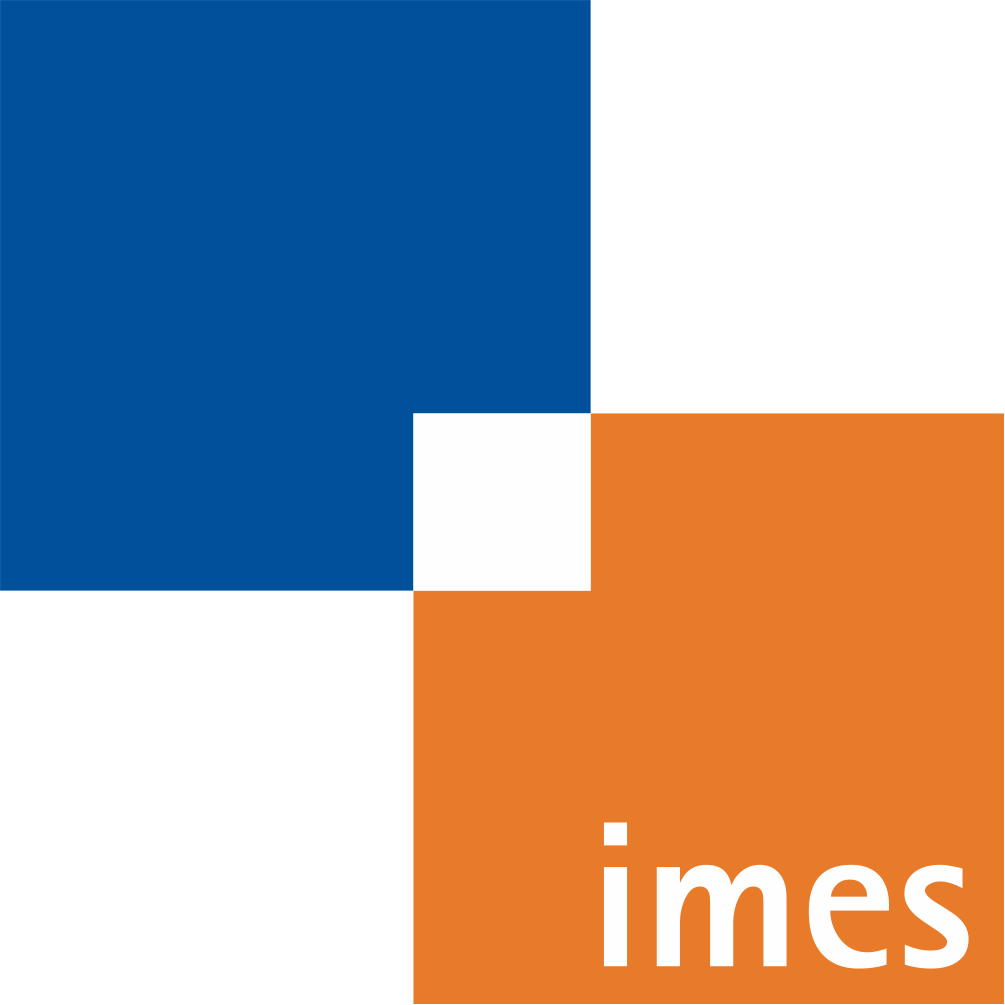Feature tracking for automated volume of interest stabilization on 4D-OCT images
- verfasst von
- Max Heinrich Laves, Andreas Schoob, Lüder A. Kahrs, Tom Pfeiffer, Robert Huber, Tobias Ortmaier
- Abstract
A common representation of volumetric medical image data is the triplanar view (TV), in which the surgeon manually selects slices showing the anatomical structure of interest. In addition to common medical imaging such as MRI or computed tomography, recent advances in the field of optical coherence tomography (OCT) have enabled live processing and volumetric rendering of four-dimensional images of the human body. Due to the region of interest undergoing motion, it is challenging for the surgeon to simultaneously keep track of an object by continuously adjusting the TV to desired slices. To select these slices in subsequent frames automatically, it is necessary to track movements of the volume of interest (VOI). This has not been addressed with respect to 4DOCT images yet. Therefore, this paper evaluates motion tracking by applying state-of-the-art tracking schemes on maximum intensity projections (MIP) of 4D-OCT images. Estimated VOI location is used to conveniently show corresponding slices and to improve the MIPs by calculating thin-slab MIPs. Tracking performances are evaluated on an in-vivo sequence of human skin, captured at 26 volumes per second. Among investigated tracking schemes, our recently presented tracking scheme for soft tissue motion provides highest accuracy with an error of under 2.2 voxels for the first 80 volumes. Object tracking on 4D-OCT images enables its use for sub-epithelial tracking of microvessels for image-guidance.
- Organisationseinheit(en)
-
Institut für Mechatronische Systeme
- Externe Organisation(en)
-
Universität zu Lübeck
- Typ
- Aufsatz in Konferenzband
- Publikationsdatum
- 2017
- Publikationsstatus
- Veröffentlicht
- Peer-reviewed
- Ja
- ASJC Scopus Sachgebiete
- Elektronische, optische und magnetische Materialien, Biomaterialien, Atom- und Molekularphysik sowie Optik, Radiologie, Nuklearmedizin und Bildgebung
- Elektronische Version(en)
-
https://doi.org/10.1117/12.2255090 (Zugang:
Unbekannt)
